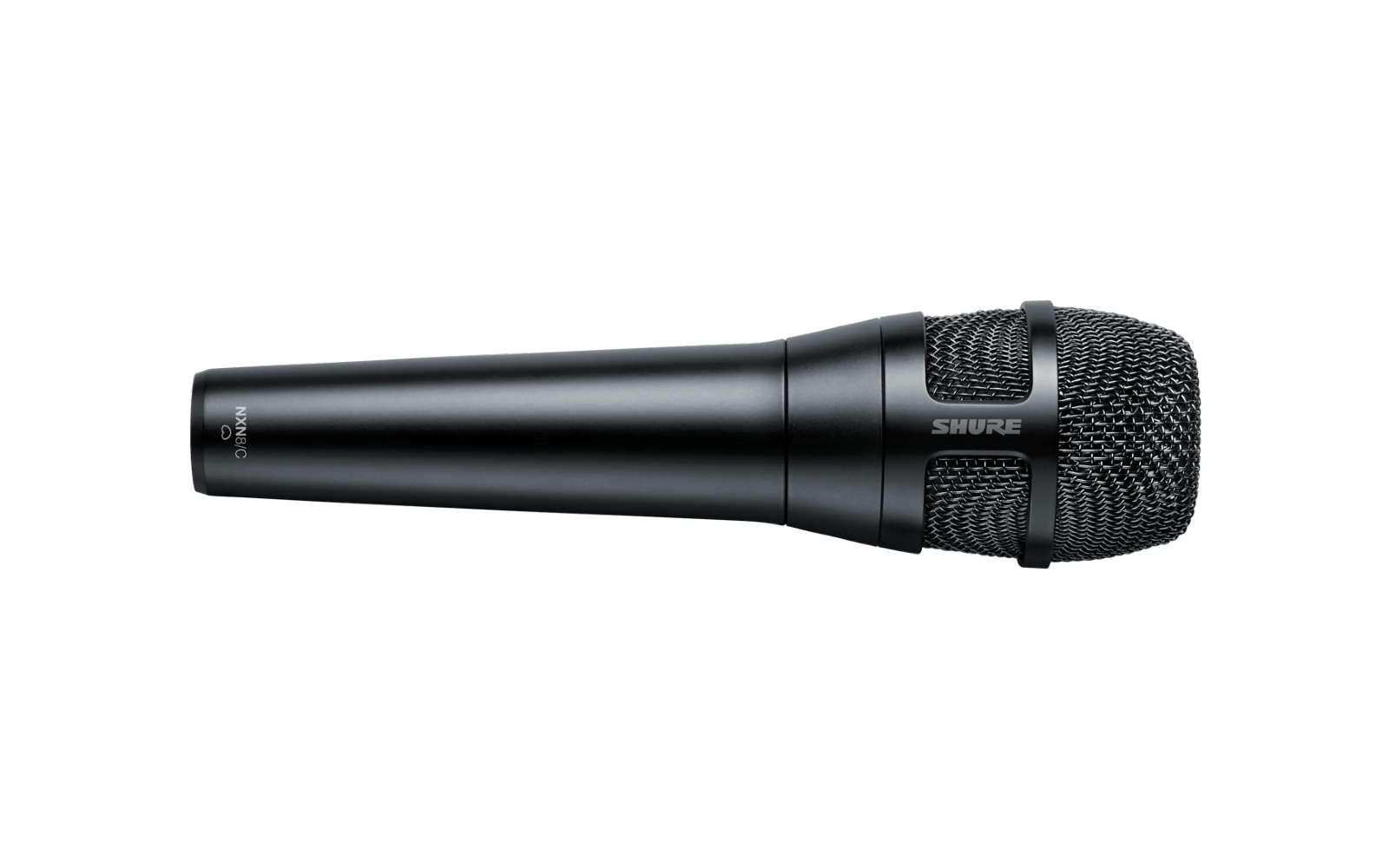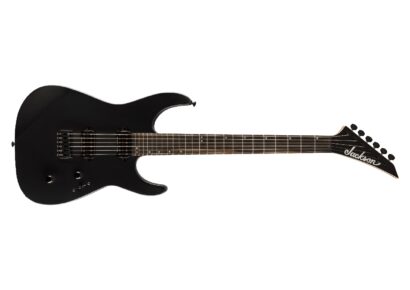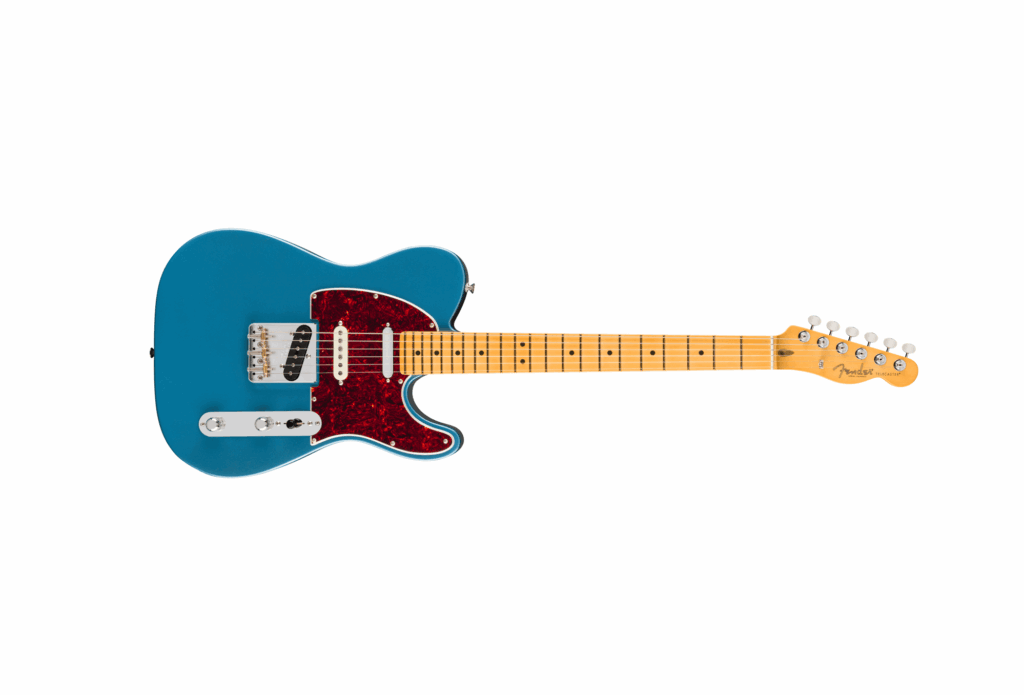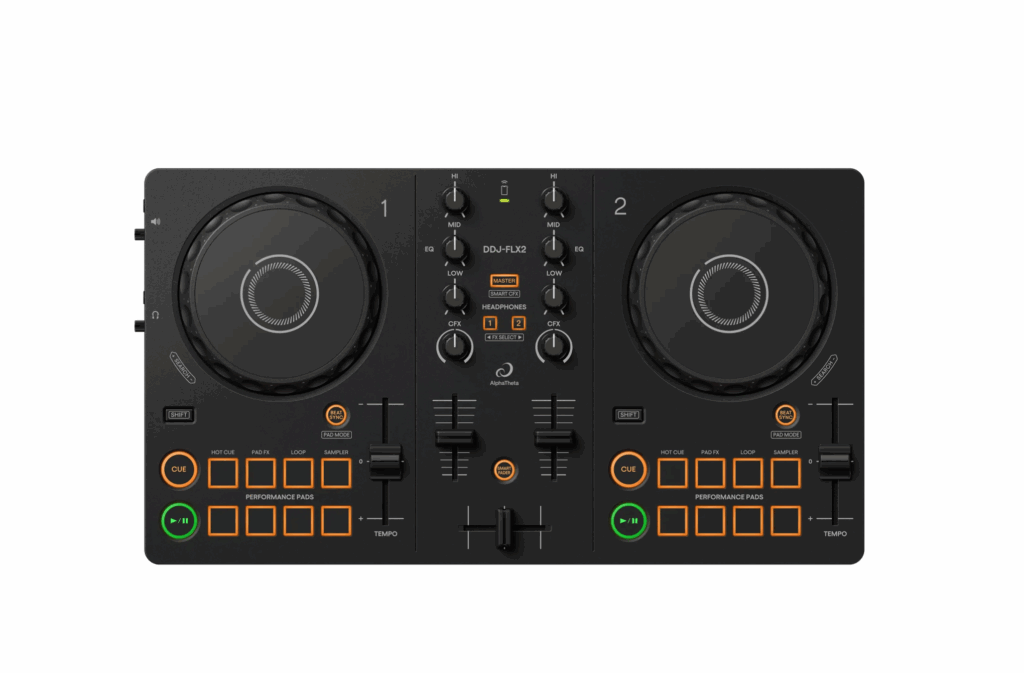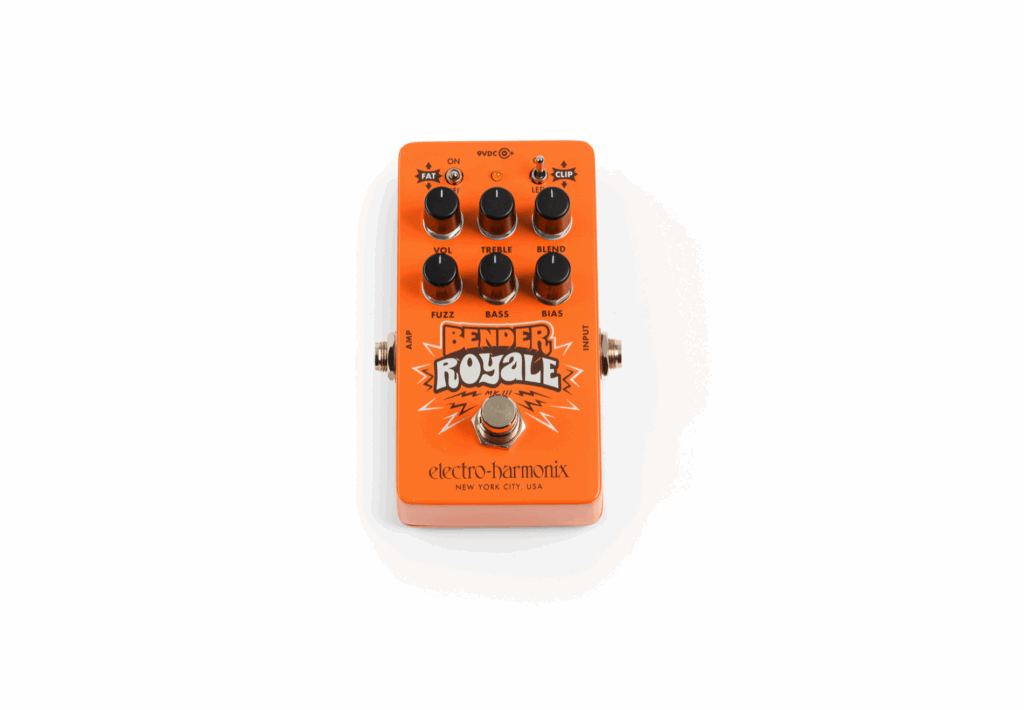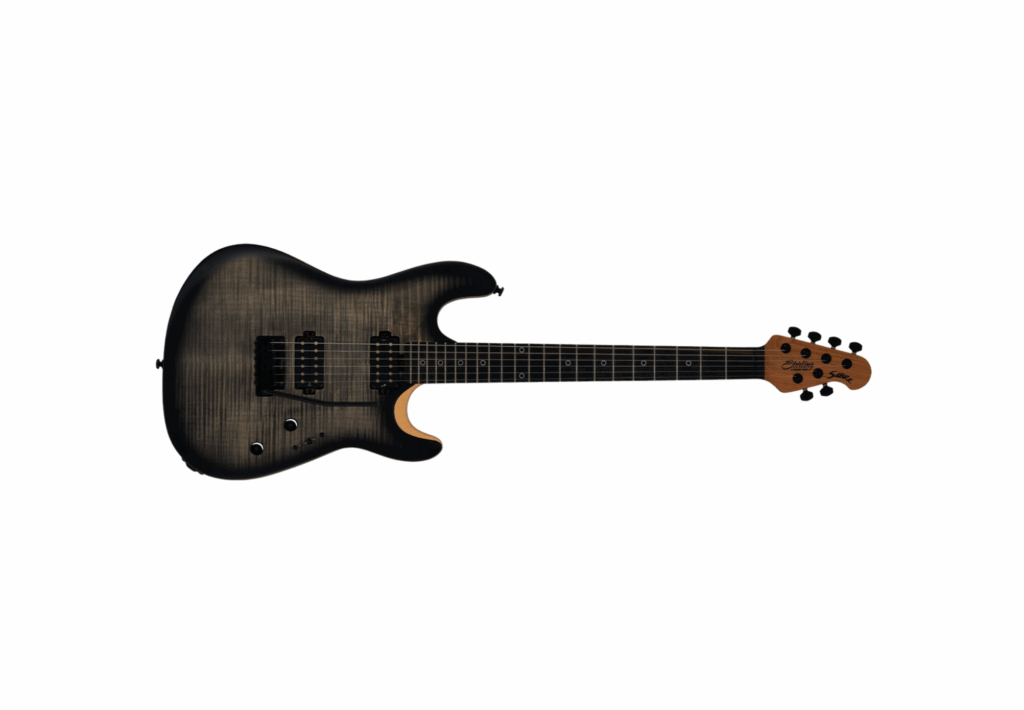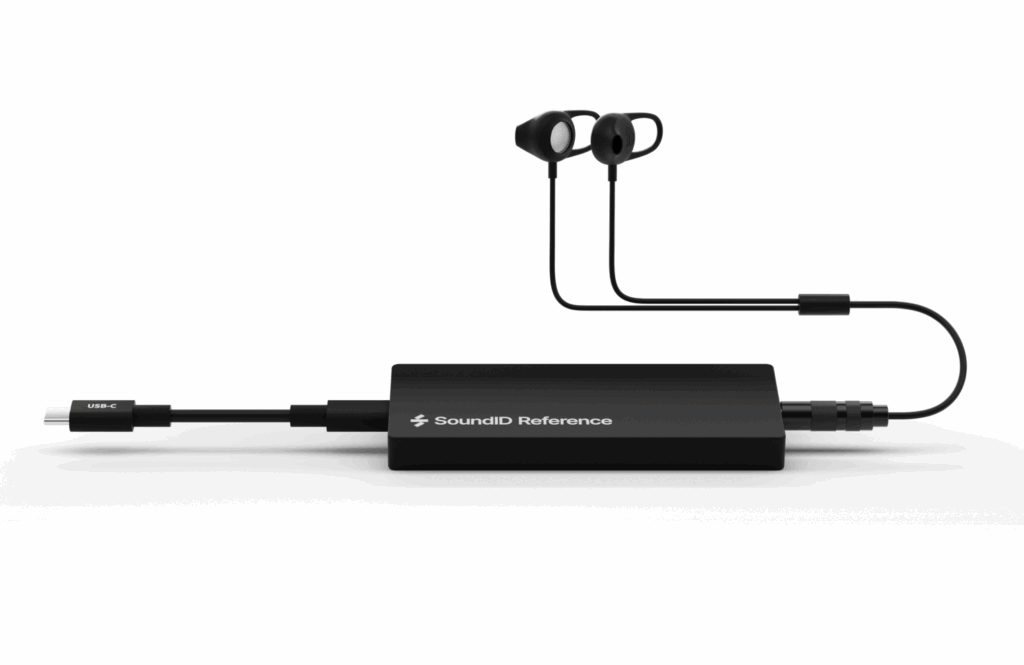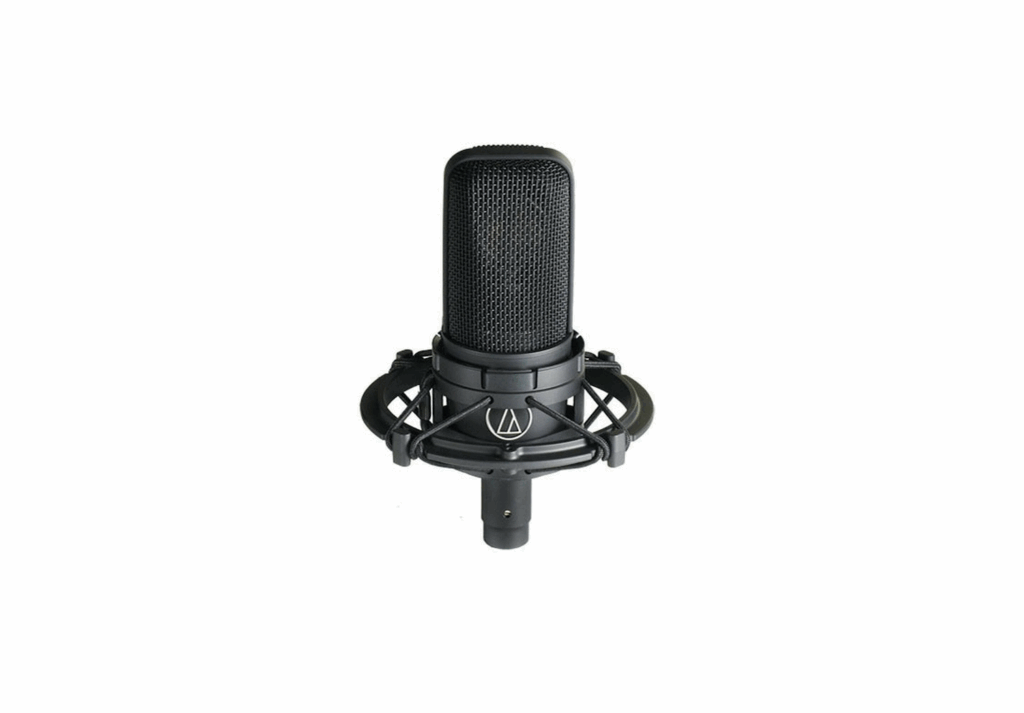Shure Nexadyne 8/C Cardioid Dynamic Vocal Microphone | Jands | RRP: $669
It’s been a long time coming. Shure have undoubtedly owned the top spot in the live vocal microphone arena for just about all time. But we all knew that eventually they had to get bumped off the top. With both the SM58 being the most widely used dynamic microphone on stages worldwide, with the BETA 58A coming in a close second, I think we are at the dawning of a new era. What may very well happen in the coming years is a king of the stage will be crowned. And would you believe it, Shure have no one to blame but themselves this time. That’s right, the microphone that looks set to topple Shure’s domination of the stage is a Shure. Introducing the Nexadyne 8/C Cardioid Dynamic Vocal Microphone, the microphone that every singer and engineer is going to want to work with once they’ve heard the results.
Nexadyne 8/C Cardioid Dynamic Vocal Microphone
So, that sounds like a pretty impressive introduction, but not without reason. I myself have always had my sticking points with both the SM58 and the BETA 58A, and have often found myself using other brand’s equivalents for live vocal work, however that looks like it could change. And I would hazard a guess that a good number of other engineers will set aside differences when they hear how the Nexadyne 8/C performs. Let’s face it, when all is said and done, the microphone being held on stage is not part of some popularity contest, outside of the fact that it needs to make the singer, or singers, sound great. If it can do that whilst making the engineer’s job easy too, that’s a bonus.
Catch up on all the latest music gear reviews here.
With that, let’s take a first look at the Nexadyne 8/C before we get into how it sounds. It’s the standard fare in the box, with a zippered pouch and microphone clip included. The microphone itself feels nice and solid, with a smooth transition from the handle up into the grill area. Visually, the Nexadyne moves away from the traditional ice-cream cone look of the 58 models, and I’m quite alright with that. This mic looks sleek, on the outside. It goes without saying, the first thing I did was to unscrew the top and see what’s going on inside. It’s what I have done with every microphone I have ever purchased or reviewed, so this guy was not going to miss the regular treatment. That said, what is under the hood is visually very different to previous Shure models. The capsule is housed in a seriously robust structure that almost looks like it doesn’t need the grill in the first place. The side of this inner housing is emblazoned with the Revonic Technology moniker. So, it’s at this point that we need to talk about what is going on in the capsule.
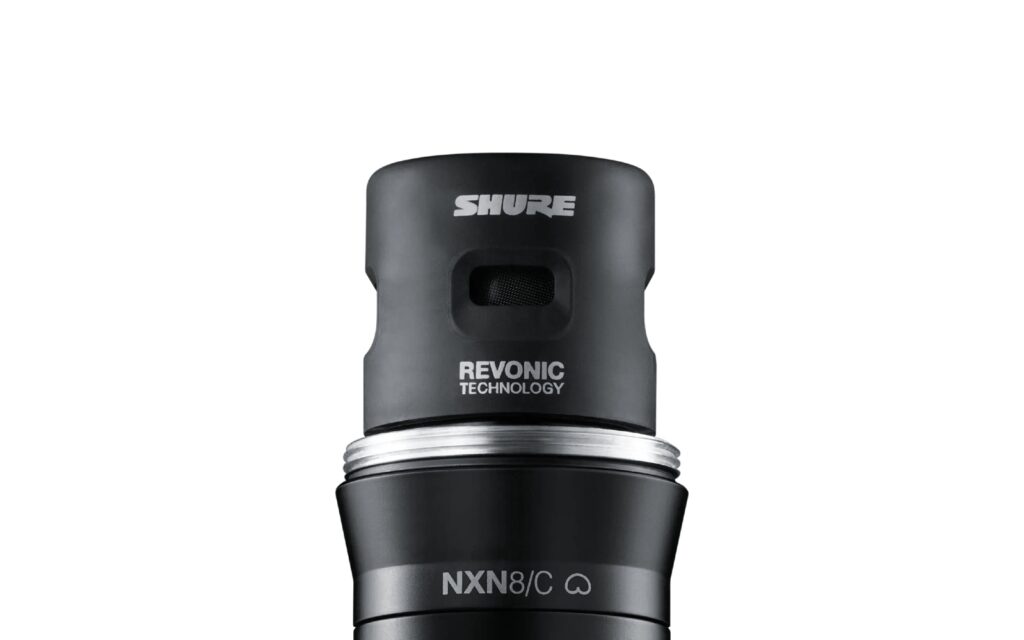
Shure have deployed what they call a dual-engine transducer technology: Revonic Technology. Essentially, this sees two calibrated transducers working inline to create a more detailed and natural sounding response from the capsule. The result is a capsule that sounds like it has been transparently processed with EQ, filters and compression, before the sound even gets to the microphone cable. It’s great right from the source, and sounds just as great when it gets to the speakers, both front of house and monitors. So, the engineer will be happy, the vocalist will be happy, and the audience will be happy.
As the name suggests, this is a cardioid pickup pattern, so it’s a good all-rounder for most stages and monitoring situations. That said, the Nexadyne offers a very tight pickup pattern, so once you start to stray down the side of the capsule, it doesn’t change too greatly tonally, but the volume does drop away rapidly. From the rear, there is virtually zero sound captured, which plays into making the Nexadyne such a forgiving microphone on loud stages. Ambient noise is kept to a bare minimum, so all that is heard through the specific mic channel is the voice or intended source, and nothing else.
SM58
With that, the clarity of the sound is just incredible. Compared to the SM58, it has a livelier top end. Compared to the BETA 58A it has less of a pronounced bump in the midrange. Across the entire frequency response, the best way to describe how the Nexadyne sounds is “spot on”. Clarity is the key with this capsule, and it delivers that across the board. This can be heard in the monitors and out front immediately, without the need of excessive processing. By itself, it sounds articulate, well-rounded and level. In the mix, it does the same, but sits forward more so than with the other models mentioned. You’ll find that the lead vocalist is going to instantly hear themselves better in the monitors, and that is a win for everyone. Now, you won’t have to listen to them asking for more of themselves in the monitors all night. They’ll be there. The answer was never more volume, but more clarity, and that’s just what the Nexadyne produces. Coupled with the fact that the reduced stage noise means you can drive it harder with less chance of feedback, there’s not a lead singer out there that wouldn’t want this microphone on every stage they grace with their presence.
In short, Shure have gone and outdone themselves with the Nexadyne 8/C. Of course, there is never going to be one microphone to do every task perfectly. The Swiss army knife of sound capture doesn’t exist. But, if you’re looking for amazing vocal clarity, tonal quality and discrete isolation, this is the vocal microphone for you. I know, it’s a big call, but Shure have outdone themselves with this design, and it follows through with the delivery. There are going to be a lot of happy vocalists out there, and that means happy audiences too. So if you’re a singer, engineer, venue owner, or stage tech, you need to have a listen to a Shure Nexadyne 8/C microphone sooner, rather than later. Making the switch will then be an easy choice.
For local Shure enquiries, visit Jands.
